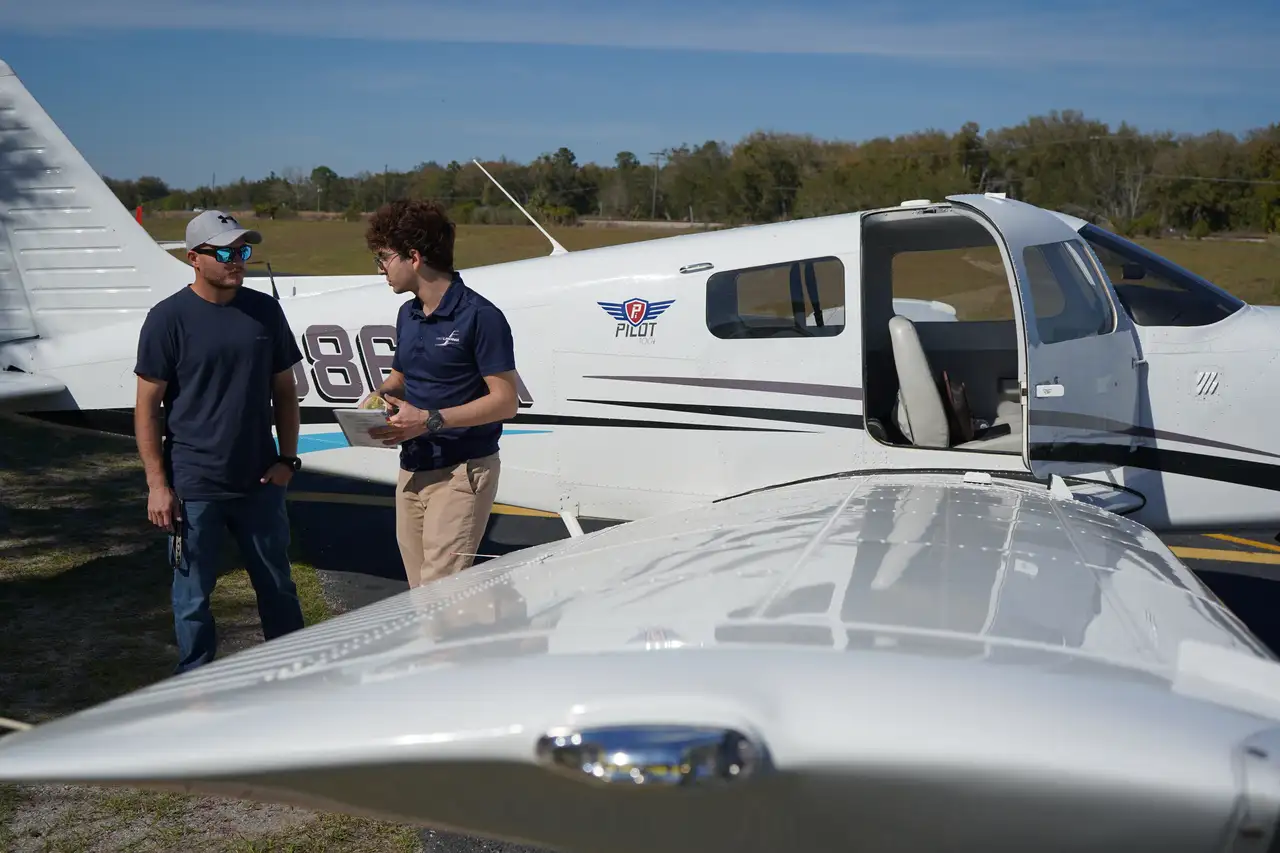Taking to the skies alone for the first time is a monumental milestone in any pilot's journey. Solo flight not only tests your skills and knowledge but also builds confidence and independence in the cockpit. However, before you can experience the thrill of flying solo, there are specific requirements and endorsements you must obtain. This guide will walk you through the essential steps and prerequisites to help you understand what it takes to make that first solo flight.
Understanding the Solo Endorsement
A solo endorsement is a written authorization from a certified flight instructor (CFI) that permits a student pilot to fly alone under specific conditions. This endorsement is a testament to your instructor's confidence in your abilities to handle the aircraft safely without supervision.

Understanding the Solo Endorsement
Basic Requirements for Solo Flight
To be eligible for a solo endorsement, you must meet several Federal Aviation Administration (FAA) requirements: 1. Age Requirement Minimum Age: You must be at least 16 years old to solo an aircraft in the United States. 2. Language Proficiency English Proficiency: You must be able to read, speak, write, and understand the English language, as it's the international standard for aviation communication. 3. Medical Certification Medical Certificate: Obtain at least a Third-Class Medical Certificate from an FAA-authorized Aviation Medical Examiner (AME). This ensures you meet the health standards required for piloting an aircraft. 4. Student Pilot Certificate Application: Apply for a Student Pilot Certificate through the Integrated Airman Certification and Rating Application (IACRA) system or via paper application (FAA Form 8710-1). Validity: The certificate is valid for the duration of your training until you receive a higher certification. 5. Aeronautical Knowledge Pre-Solo Written Exam: Pass a written test administered by your CFI covering airspace rules, flight regulations, and the specific aircraft you'll be flying. Topics Covered: FAA regulations pertinent to student pilots. Airspace rules and procedures for the airport where the solo flight will take place. Flight characteristics and operational limitations of the aircraft to be flown. 6. Flight Training Dual Instruction: Receive and log adequate flight training from a CFI, covering all required maneuvers and procedures, including: Preflight preparation and procedures. Airport operations. Takeoffs, landings, and go-arounds. Performance maneuvers. Navigation and slow flight. Emergency procedures and traffic pattern operations. 7. Endorsements from a Certified Flight Instructor Flight Endorsement: Your CFI must endorse your logbook, confirming you've received the necessary training and are proficient to solo. Limitations: The endorsement will specify any limitations, such as weather minimums or operational restrictions.
The Role of the Flight Instructor
Your flight instructor plays a crucial role in your journey to solo flight: Training Provider: They provide the necessary ground and flight instruction. Evaluator: Assess your readiness through practical tests and evaluations. Endorser: Provide the required endorsements in your logbook for solo flight. Mentor: Offer guidance, support, and advice throughout your training.

The Role of the Flight Instructor
Regulatory Framework
Understanding the regulations is vital for safe solo operations: Federal Aviation Regulations (FARs): Specifically, FAR Part 61 outlines the certification requirements for pilots, flight instructors, and ground instructors. Operational Limitations: As a student pilot, you're subject to certain limitations, such as prohibitions against carrying passengers or flying for compensation.
Preparing for the Solo Flight
1. Build Confidence Practice Maneuvers: Repeatedly practice takeoffs, landings, and emergency procedures. Simulated Solo Flights: Fly with your instructor simulating solo conditions. 2. Understand Weather Conditions Weather Minimums: Learn about the weather conditions suitable for solo flight and always check forecasts and reports before flying. 3. Plan Your Flight Route Familiarity: Know the airspace and airport operations where you'll be flying. Emergency Procedures: Be prepared for unexpected situations.
Post-Solo Considerations
After your first solo flight: Logbook Endorsements: Ensure all solo flights are properly logged and endorsed. Continued Training: Continue working towards your Private Pilot License (PPL) with advanced training. Currency Requirements: Stay aware of the requirements to remain current for solo flights, as endorsements have expiration dates.

Post-Solo Considerations
Conclusion
Achieving your solo endorsement is a significant accomplishment that marks the beginning of your journey as a pilot in command. By understanding and meeting all the requirements, and under the guidance of your flight instructor, you'll be well-prepared to take on the skies confidently and safely. Remember, thorough preparation and adherence to regulations are key components of a successful and rewarding solo flight experience.
